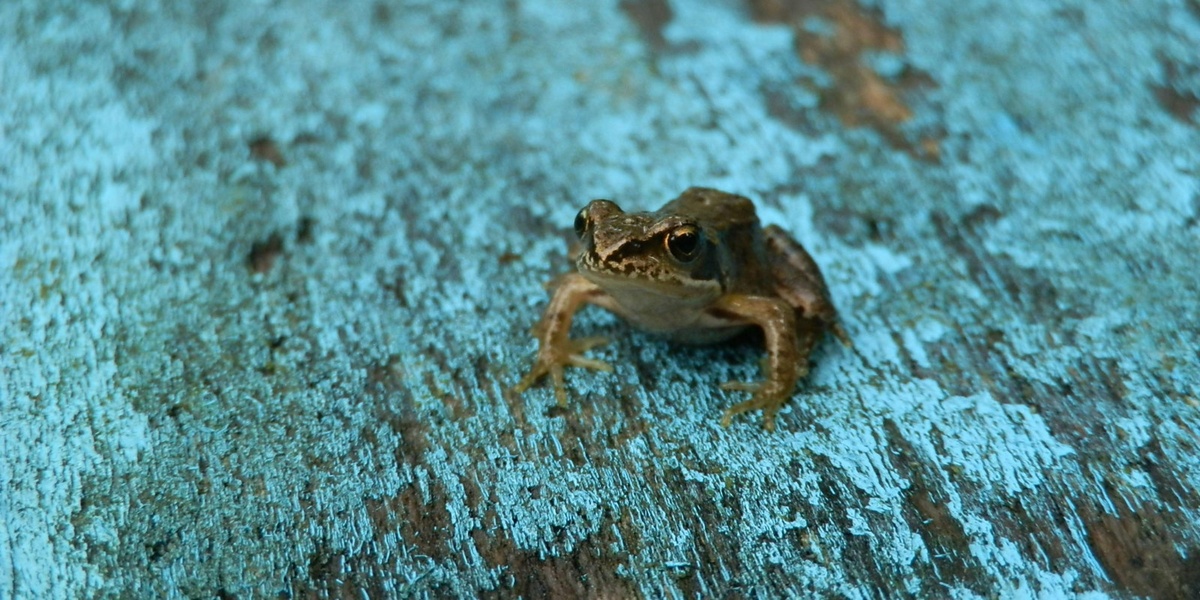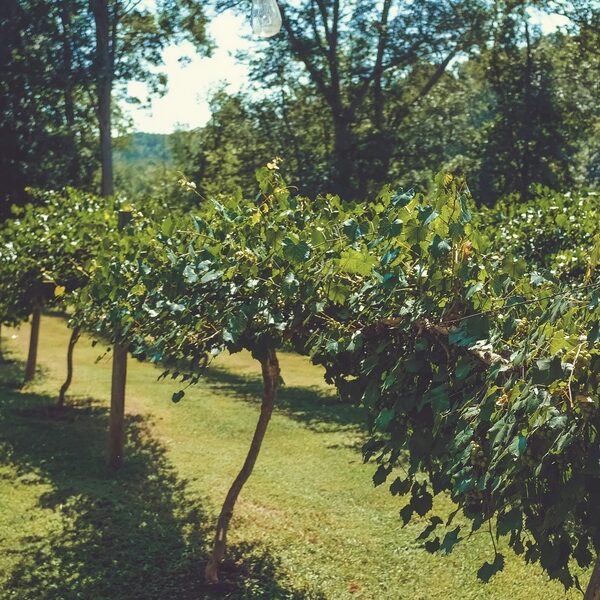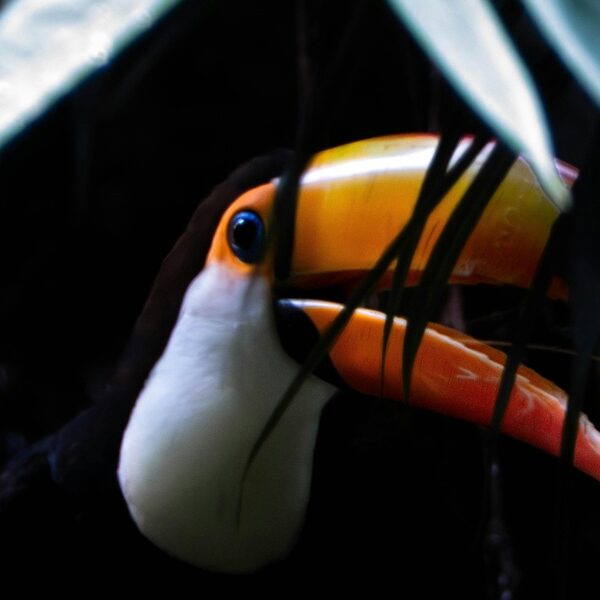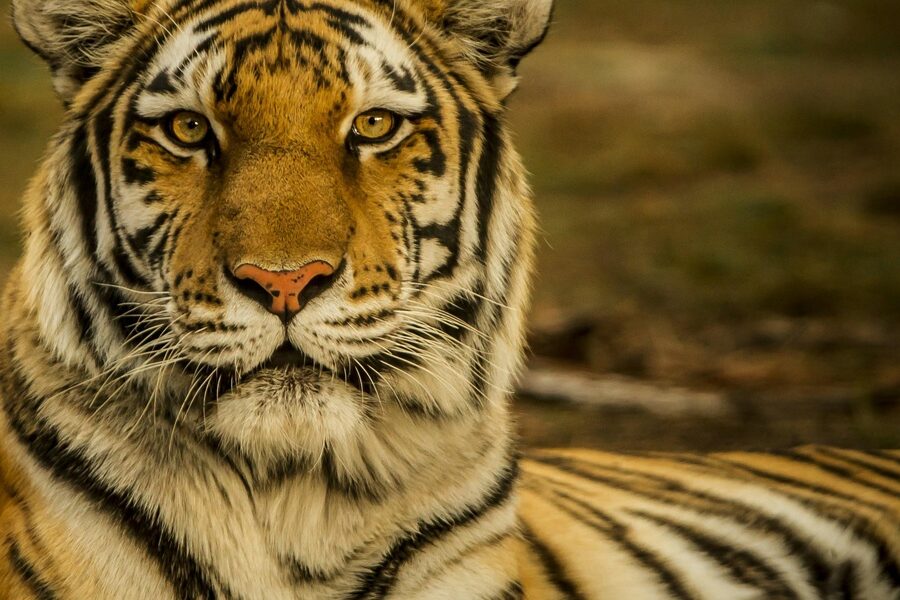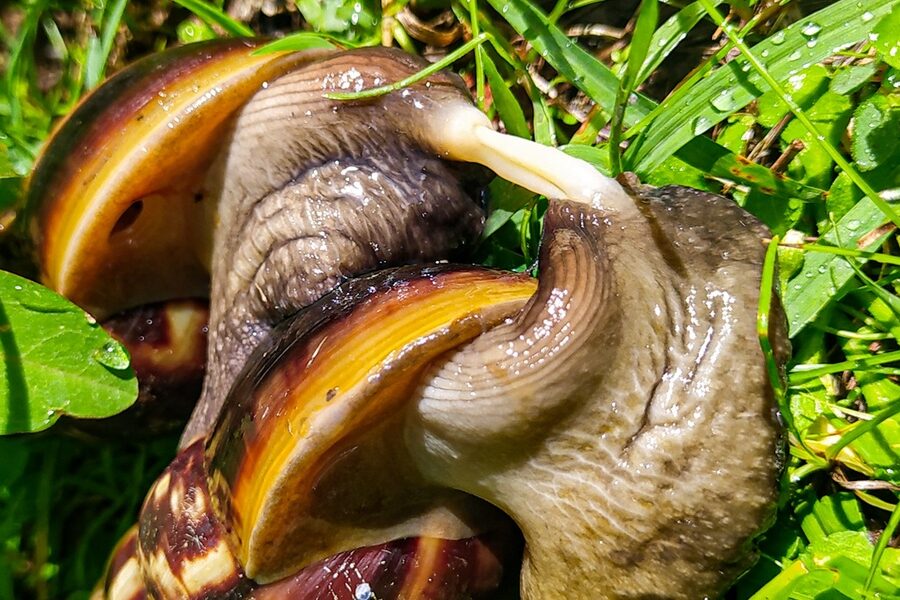Tuvalu, a tiny island nation in the heart of the Pacific, is renowned for its pristine marine environment and unique atoll ecosystems. While its coral reefs teem with life, the terrestrial fauna, particularly amphibians, often tells a different story in such isolated environments. Understanding which species inhabit these islands provides crucial insights into their ecological dynamics.
Our exploration into the Amphibians of Tuvalu reveals a concise list of exactly 3 entries. These range from the notable Cane Toad to the critical designation of No Native Amphibians, highlighting the unique challenges and characteristics of the region’s herpetofauna. For each, you’ll find below a clear breakdown covering its Scientific Name, Status in Tuvalu, and specific Ecological Factor.
Why are there so few amphibians, and no native ones, in Tuvalu?
Remote island nations like Tuvalu present significant natural barriers for amphibian colonization. Amphibians generally require freshwater for reproduction and are highly susceptible to desiccation in saltwater environments, making vast ocean crossings nearly impossible. Their permeable skin also makes them vulnerable to salinity. Therefore, any amphibian species found there, such as the Cane Toad, is typically an introduced species, arriving via human activity rather than natural dispersal.
Amphibians of Tuvalu
| Amphibian Name | Scientific Name | Status in Tuvalu | Ecological Factor |
|---|---|---|---|
| No Native Amphibians | N/A | Absent | Geographic isolation, lack of permanent freshwater, high salinity, porous coral soil. |
| Cane Toad | Rhinella marina | Unconfirmed / Potential Invader | Human introduction via shipping cargo is the only possible arrival vector. |
| Frogs and Toads (General) | Anura | Absent | Atoll geography is fundamentally unsuitable for the required amphibian life cycle. |
Images and Descriptions

No Native Amphibians
Tuvalu’s atolls lack the freshwater rivers or ponds essential for amphibian breeding. Their permeable skin makes them highly vulnerable to saltwater and dehydration, making natural survival and colonization across the vast ocean virtually impossible.
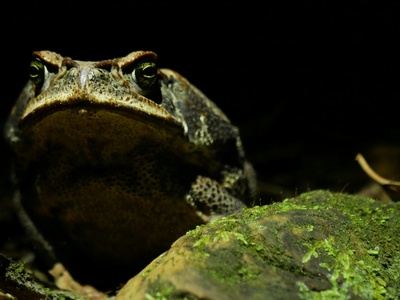
Cane Toad
While not currently established, this highly invasive toad is widespread across the Pacific. Its potential arrival could devastate native insects and small reptiles, demonstrating the vulnerability of isolated atoll ecosystems to non-native species.
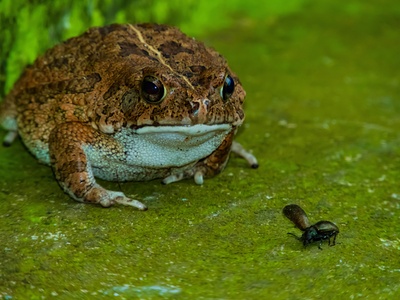
Frogs and Toads (General)
The classic frog life cycle, which requires a freshwater tadpole stage, cannot be completed in Tuvalu’s saline and temporary water sources. This biological constraint is the primary reason for the absence of native frogs and toads.
